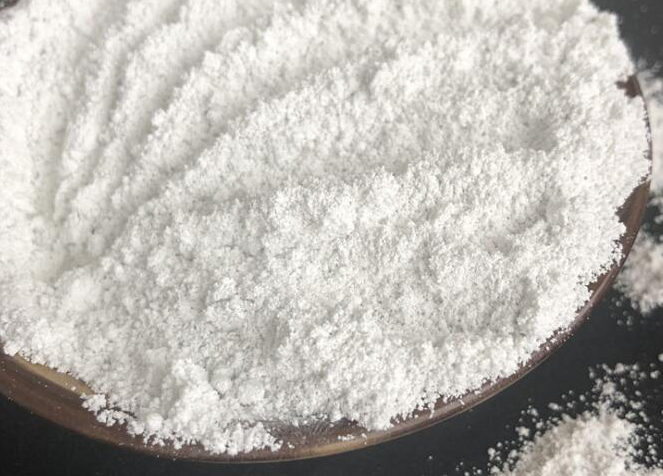Study on the preparation of flame-retardant nano-magnesium hydroxide modified by polyacrylate microemulsion

This study aims to combine polyacrylate (PAE) microemulsion with nanomagnesium hydroxide (MH) through chemical modification method, in order to develop a new flame retardant, aiming to improve the performance of nanomagnesium hydroxide. Dispersion, interfacial compatibility and flame retardant properties in polymer matrices. By optimizing the preparation process, the surface modification of nano-magnesium hydroxide is achieved, and then its application effect in polymer materials such as polypropylene (PP) is explored, providing a new way to improve the flame retardancy and comprehensive performance of polymer materials.
1 Introduction
Nano magnesium hydroxide is an environmentally friendly halogen-free flame retardant. It has been widely studied because it absorbs heat and releases water vapor when decomposed at high temperatures, and the generated magnesium oxide has good thermal insulation. However, its poor dispersibility in polymers and poor interfacial compatibility limit the full play of the flame retardant effect. Polyacrylate microemulsion has become an ideal choice for modified nano magnesium hydroxide due to its good film-forming properties, excellent bonding properties and easy functionalization.
2. Materials and Methods
Synthesis of nanoscale magnesium hydroxide: Use precipitation method to prepare nanoscale magnesium hydroxide, and control the reaction conditions to obtain the desired particle size and morphology. Preparation of polyacrylate microemulsion: Through emulsion polymerization technology, specific emulsifiers and initiators are selected to prepare polyacrylate microemulsions with specific molecular weights and functional groups. Surface modification: γ-methacryloyloxypropyltrimethoxysilane (KH570) is selected as the coupling agent, and the polyacrylate microemulsion is grafted onto the surface of nanomagnesium hydroxide through a chemical reaction to form modified nanometer hydrogen. Magnesium oxide (MH@PAE). 3. Performance testing and analysis
Observation of dispersion and morphology: Observe the morphology and dispersion state of nano-magnesium hydroxide and its modification through transmission electron microscope (TEM) and scanning electron microscope (SEM). Thermal property analysis: Thermogravimetric analysis (TGA) and differential scanning calorimetry (DSC) were used to evaluate the thermal stability and flame retardant properties of nanomagnesium hydroxide before and after modification. Mechanical property test: Add modified nano-magnesium hydroxide to polypropylene to test the tensile strength, bending strength and other mechanical properties of the composite material. Flame retardant performance test: horizontal combustion (UL-94) and limiting oxygen index (LOI) tests are used to evaluate the flame retardant performance of composite materials. 4. Results and discussion
Research results show that nano-magnesium hydroxide modified by polyacrylate microemulsion is evenly dispersed in the polypropylene matrix, and the interface interaction with the matrix is enhanced, which significantly improves the flame retardant properties of the material, including reducing the ignition time and Burning speed, improves LOI value. At the same time, the modified nanomagnesium hydroxide has little impact on the mechanical properties of polypropylene, and some samples are even enhanced due to the optimization of interface bonding.
5 Conclusion
The surface modification of nano magnesium hydroxide by polyacrylate microemulsion successfully improved its dispersibility and interfacial compatibility in the polymer matrix, and effectively improved the flame retardant properties of the composite material. This method provides a new strategy for the development of high-performance flame-retardant polymer materials and has broad application prospects, especially in the fields of electronics, construction, and transportation. Future research can further explore the application effects in different polymer systems and the optimization of modification methods.








